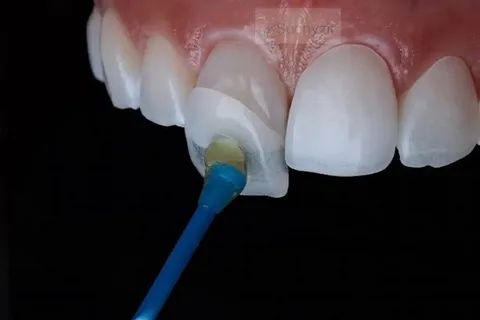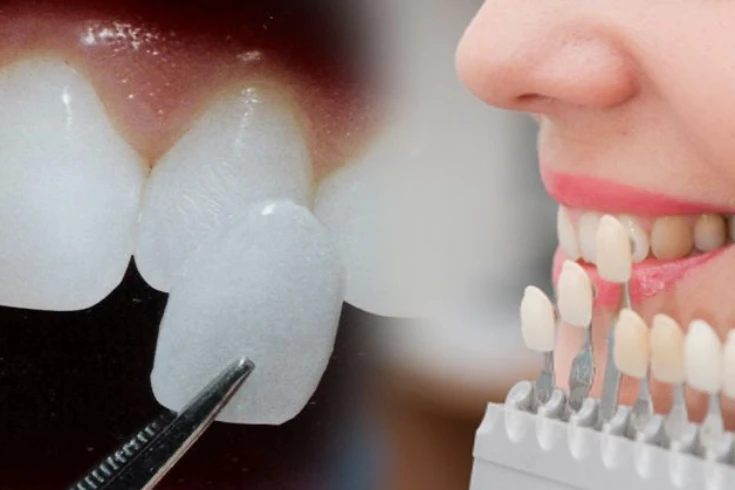The cantilever bridge dental is a very common dental restoration when considering options for replacing teeth. A dental bridge of this type presents practical efficiency regarding the restoration of function and aesthetics to your smile. Especially in cases when teeth are limited to support it. We will cover in this blog what a dental cantilever bridge is, how different are other types of bridges, the involved procedure, benefits and drawbacks, and most importantly, how much does it cost to have a cantilever bridge dental.
What is Cantilever Bridge Dental?
A cantilever bridge refers to a category of bridges that are one-sided, as opposed to general forms, which are commonly supported by two abutment teeth on either side of the gap. This is ideal in those instances when there are no adjacent teeth on one side of the missing tooth and becomes a very good option for specific areas of the mouth, like the front teeth, due to lesser stress exertion during chewing.
What sets a cantilever bridge dental apart is the sole anchoring tooth that secures the bridge in place. This may make the bridge a little less stable, specifically in the back molars. This does not stop it, though, from being one of the more prevalent options for those who may not have enough teeth to support a conventional bridge.
Process of getting dental cantilever bridge
A dental cantilever bridge usually requires two to three dental visits, depending on the case. In general, these include:
- Meeting of Consultation and Planning: The dentist will examine the oral health of the patient first. Then the dentist will decide whether or not a cantilever bridge dental is an appropriate dental procedure for the latter. X-rays may be taken to assess the surrounding teeth and bone structure.
- Second stage: This involves the preparation of the tooth; reshaping of the abutment tooth-the tooth on which the bridge would eventually be supported-to allow the crown to go over it, pretty much as any ordinary bridge preparation is done.
- Impression and Temporary Bridge: Following the preparation of the tooth, an impression of the teeth is obtained. The dentist will send the impression to the laboratory for the dental cantilever bridge to be custom-made. A temporary bridge is fitted over the prepared tooth for the purpose of protection.
- Final Placement: The dentist will fit and adjust the for comfort and bite alignment when it is ready. If everything looks fine, then the dentist will cement the bridge in place to restore the patient’s smile and functionality.
Advantages of Dental Cantilever Bridge
There are a number of advantages of a cantilever bridge dental:
- Restores Function: A dental cantilever bridge fills the missing tooth gap, which allows restoration of the ability to chew, talk, and smile with confidence.
- Aesthetics: Many times, these bridges are made from material like porcelain or ceramic that could be matched in color to the natural color of the teeth, so there is no excess shown.
- Less invasive: Compared to dental implants, which require surgery, a cantilever bridge dental is less invasive. This often makes them quicker and much less painful an option for missing teeth replacement.
- Less expensive: While the cost of the cantilever bridge dental might vary, it is often much more affordable. It is cheaper compared to implants and more extensive restorative procedures.
Disadvantages of a Cantilever Bridge Dental
Considering the benefits mentioned above, there are some possible drawbacks regarding a dental cantilever bridge:
- Limited durability: A cantilever bridge dental, because it is supported on one side only, may not be as strong or durable as traditional bridges, particularly in the mouth areas where heavy biting forces occur.
- Damage Risk: The potential long-term effect could be further strain on the abutment tooth supporting the bridge, leading to fracture or other types of damage. This is one of the major reasons why dentist does not recommend a cantilever bridge dental for back teeth.
- Bone Loss: Just like other bridges, a cantilever option dental bridge does not stimulate the jawbone in a fashion similar to an implant and can therefore be contributing to progressive bone loss at the missing-tooth site.
Cost of Cantilever Bridge Dental
The cantilever bridge dental cost may be different depending on different variables, such as the type of material used, the experience of the dentist performing the operation, the case’s complexity, and also the location. The average cantilever bridge dental cost can be between $1,500 and $5,000 per unit. Following are some of the influential factors for cantilever bridge dental costs:
- Materials Used: Porcelain or ceramic bridges are more expensive compared to metal bridges but again offer better aesthetics.
- Laboratory Fees: The custom dental bridges are fabricated in a dental laboratory; therefore, the lab work expenses will be included in the total cost.
- Dentist Expertise: The more experienced the dentist is, the higher the cantilever bridge dental cost. It is because of his expertise and skill.
- Location: Charges vary across the country, with higher dental fees charged by city dentists compared to countryside dentists.
Besides this, there are dental insurance plans which can cover part of the cantilever bridge dental cost, thereby probably chopping down the dentists’ charge on a self-pay patient.
Alternatives to a Cantilever Bridge Dental
In case the cantilever bridge dental doesn’t suit you, consider the following options:
- Traditional Dental Bridges: These are supported by two abutment teeth on either side of the missing tooth and, therefore, are more stable than a dental cantilever bridge.
- Dental Implants: This involves the placement of a metal post in the jawbone to act as a support for a crown. It is the most durable and long-lasting solution for tooth replacement.
- Removable Dentures: For those people who cannot afford to get either implants or bridges, removable dentures are one of the cheaper alternatives; however, these are not permanent.
Conclusion
A cantilever bridge is a very good replacement. It works particularly well in case there is only one adjacent tooth available for bridge support after losing a tooth. Such construction restores both functionality and the look of one’s teeth. Hence, it is very popular with a wide circle of patients. Nevertheless, the serious disadvantage here might be the injury of the tooth supporting this structure. It is because it can wear over time due to the pressure made upon chewing. It is always important to weigh the cost of a cantilever bridge against its advantages. Consult with your dentist, who will tell you whether this option will suit your needs or not.
FAQ’s
- What happens if the supporting tooth for the cantilever bridge fails?
If the supporting tooth weakens or fails due to the additional stress from the cantilever bridge dental, the bridge may need to be replaced, and additional treatment such as a root canal or crown might be required. In some cases, alternative solutions like implants may be considered.
- How long does it take to get a cantilever bridge dental?
The process typically takes two to three visits over a few weeks. The first visit involves examination and tooth preparation, while the final visit involves fitting and placing the permanent dental cantilever bridge.
- Is a cantilever bridge better than a dental implant?
Both a cantilever bridge dental and a dental implant have their advantages. A dental cantilever bridge is less invasive and more affordable, while an implant offers greater durability and prevents bone loss in the jaw. The best option depends on your specific dental condition, budget, and preference.





